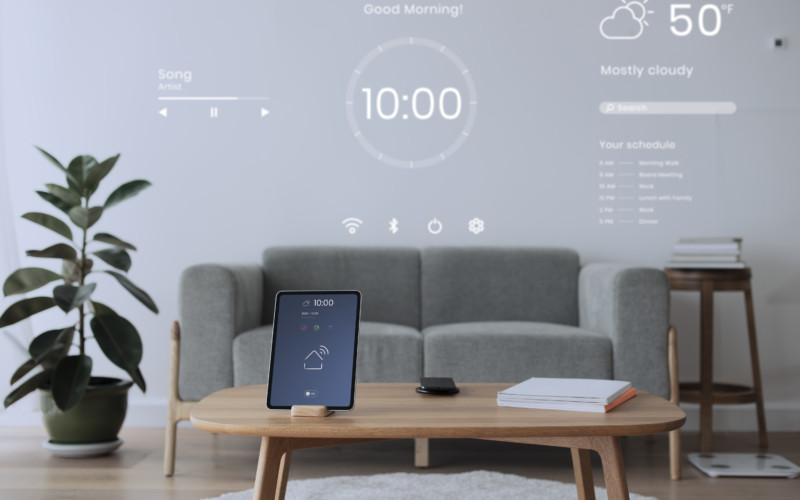
What and how will we build in the future? Which demands have to be considered, which general requirements have to be met? What influence will sustainability, climate change and home office have on our lives and the housing of the future? In short: Which living trends are currently emerging?
Both professional and private life are currently undergoing major changes, not least accelerated or even caused by the pandemic. New requirements in terms of home offices, the massive importance loss of local retail, advancing digitalisation and the increasingly complex interplay of all factors necessary for a successful project are the trendsetting impulses. All of which are also dominated by the megatrend of “sustainability” and climate change. Thus, we can speak of the following four major trends in the area of building and living:
In the future, intelligent solutions will offer residents a variety of spaces for private and professional purposes, without them having to be directly owned by the individual. “Shared space” or “collaborative living” are the buzzwords of this trend.
In residential projects, it is therefore planned from the outset that event and seminar rooms, enlarged temporary home office spaces or even guest rooms are available to the residents when needed. The individual living unit really only serves the basic needs such as eating, sleeping and sanitary facilities, but it does so perfectly.
However, “intelligence” is not only required in the use of space, but encompasses the entire construction and operation of locations. This begins with the ecologically sensible selection of building materials, continues with the integration of green spaces – keyword “green architecture” – and ends with energy-efficient supply systems that keep operating costs manageable and, above all, successfully meet the overall societal challenge of a lifestyle that is as climate-neutral as possible.
The fact that a rethink in architecture is also necessary from an ecological point of view through the use of environmentally friendly materials and the densification of usable areas with the simultaneous integration of green spaces will produce many interesting and innovative designs.
Another development driver and thus a clear “smart” trend is advancing digitalisation. Networked, “smart” homes equipped with innovative control and communication technologies for household appliances, consumer electronics and energy supply are already commonplace. In the future, there will be many visions and innovations that enable the holistic control and digital operation of the living environment. They thereby create a significant increase in comfort while at the same time making a valuable contribution to energy-efficient usage.
All these changes and innovations also imply a different approach on the part of property developers. They, as we do at WEGRAZ, act more and more as an interface, as a hub, and as a mediation point of many different interests and involved persons and parties. A good developer stands for a smooth and professional process, keeps in touch with all parties involved and is the only contractual partner and contact person for buyers, which makes communication practical and clear.
Finally, the buyer has full warranty for the proper construction, the materials and the systems used. This is where a developer’s reputation, experience and quality assurance measures are crucial.
Due to these development trends, we will see a lot of new things in the cityscape and will have to question and rethink common models. Intergenerational living, a mix of commercial and private housing, green spaces and their use for energy-efficient and climate-friendly operation – it will be challenging and exciting to plan and implement new projects with these trends in mind.